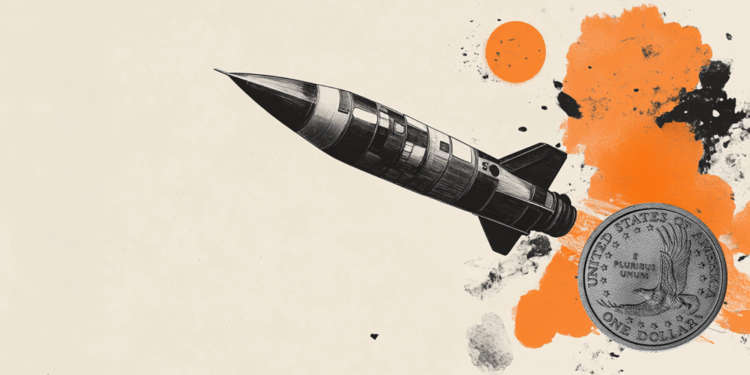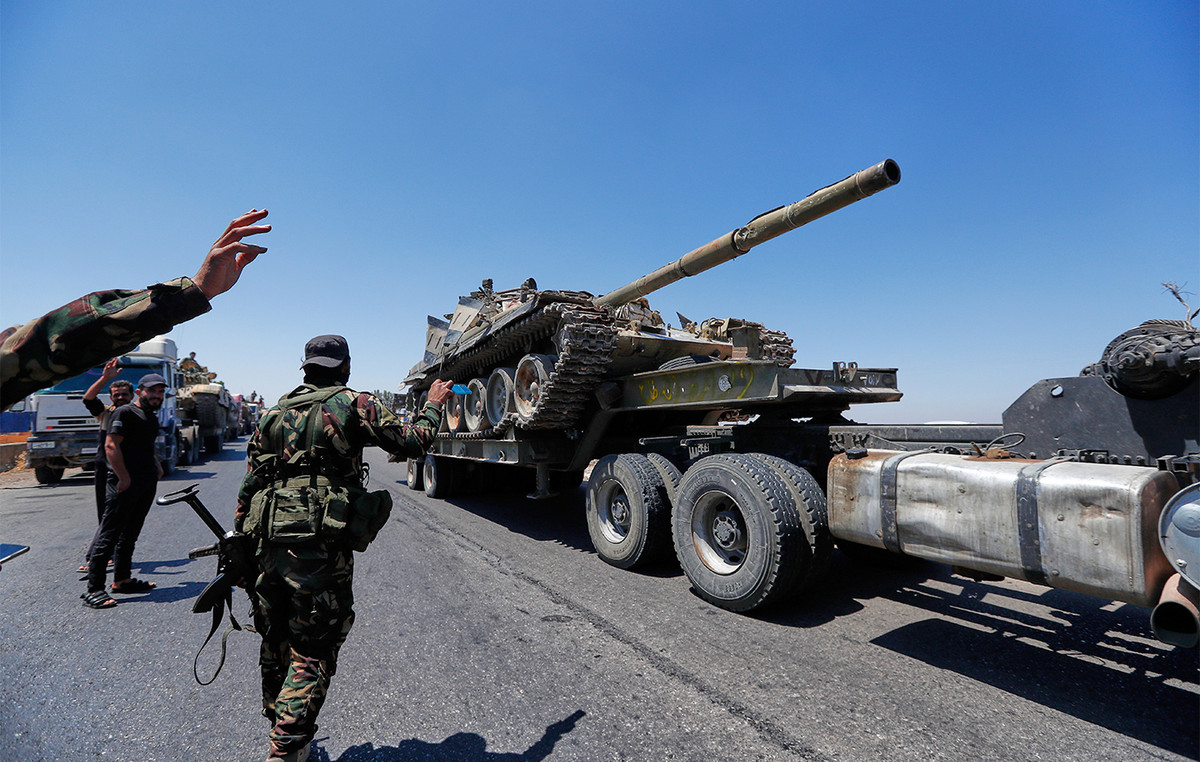The waters of the Caspian Sea look deceptively calm. But this sea route – which provides a direct path between Iran and Russia – is increasingly busy with cargo traffic, including the possible shipment of weapons from Tehran to Moscow.
As cooperation between the two countries deepens, the Caspian Sea route is being used to send drones, bullets and mortars that the Russian government has bought from the Iranian regime to bolster its war effort in Ukraine, according to experts.
Tracking data shows that vessels in the region are increasingly “blacked out” – suggesting a growing intent to obfuscate the movement of goods.
Last year data from Lloyd’s List Intelligence revealed an increase in the number of gaps in vessel tracking data in the Caspian Sea in September. Soon after the US and Ukrainian governments said Moscow acquired drones from Tehran last summer.
Russia’s use of Iranian drones increased in the fall, including in attacks against critical energy infrastructure in Ukraine. And analysts say Ukraine’s western allies would have little power to stop such arms deliveries.
“There is no risk for Iranian exports in the Caspian Sea because of the bordering countries – they have no ability or reason to interdict this type of exchange,” said Martin Kelly, chief intelligence analyst at security firm EOS Risk Group. Azerbaijan, Turkmenistan and Kazakhstan, all former Soviet republics, are the other nations with ports on the Caspian Sea.
It’s a “perfect environment for this unopposed trade,” Kelly added.
A CNN reached out to the governments of Iran and Russia for comment, but did not receive a response.
There was a general jump in the number of vessels in the Caspian Sea turning off their tracking data between August and September 2022, according to Kelly. And the number of gaps in ship tracking data remains high so far in 2023, according to data from Lloyd’s List Intelligence.
The phenomenon is largely driven by Russian and Iranian-flagged ships and, in particular, the type of freighter capable of carrying armament, according to Bridget Diakun, a data analyst and reporter for Lloyd’s List, which specializes in analyzing global maritime exchanges.
An International Maritime Organization resolution requires most vessels to have a tracking system that automatically provides location and identification information to other vessels and coastal authorities.
For security reasons, these automatic identification systems (AIS) must transmit data at all times, with limited exceptions. But ships can disable AIS tracking, a tactic that can be used to disguise parts of their journey, hide destinations or go “blacked out” when calling in port.
By the end of 2022, data from Lloyd’s List Intelligence shows there has been an increase in “probable dark scales in ports” for Russia and Iran’s Caspian Sea ports, Diakun said.
“It is suspicious for a ship to leave a port and return without calling in another”, unless the ship is transferring cargo to another ship and not to a port, she explained.
Most gaps in tracking data for Russian-flagged and Iranian-flagged cargo ships occurred near Iran’s ports of Amirabad and Anzali, as well as on Russia’s Volga River and its port in Astrakhan, according to Lloyd’s List Intelligence.
Using data from MarineTraffic, a provider of ship tracking and marine analytics, CNN tracked six Russian-flagged and two Iranian-flagged vessels that analysts say have exhibited suspicious behavior since the full-scale invasion and are likely linked to the arms trade.
Various patterns have emerged – some of the ships can be seen making the journey from Iranian ports to Astrakhan, although they have not officially called there. Other vessels that experts have highlighted as suspicious could be seen blanking their system when approaching the port of Amirabad in Iran and the port of Astrakhan in Russia, or could be seen turning off their tracking data for extended periods of time.
While analysts say it’s hard to know definitively what the cargo is on these ships, barring eyewitness accounts or satellite imagery, patterns of suspected nefarious activity in the Caspian Sea support Western intelligence reports about Iran’s drone exports to the Russia.
“There is a correlation between Russia requesting drones from Iran, blackout port calls in the Caspian Sea and an increase in blackout AIS activity,” said Kelly.
Source: CNN Brasil
Bruce Belcher is a seasoned author with over 5 years of experience in world news. He writes for online news websites and provides in-depth analysis on the world stock market. Bruce is known for his insightful perspectives and commitment to keeping the public informed.







